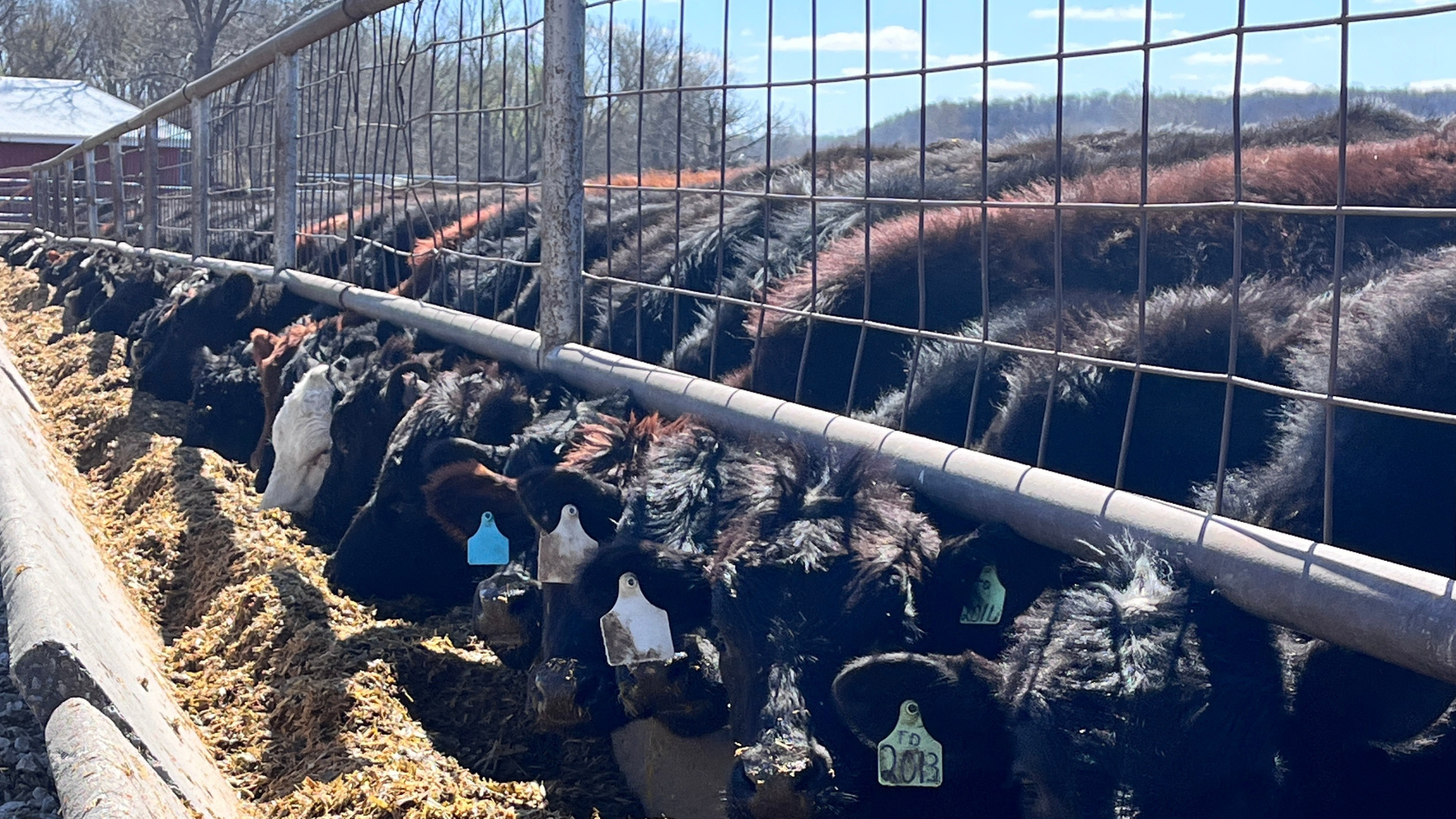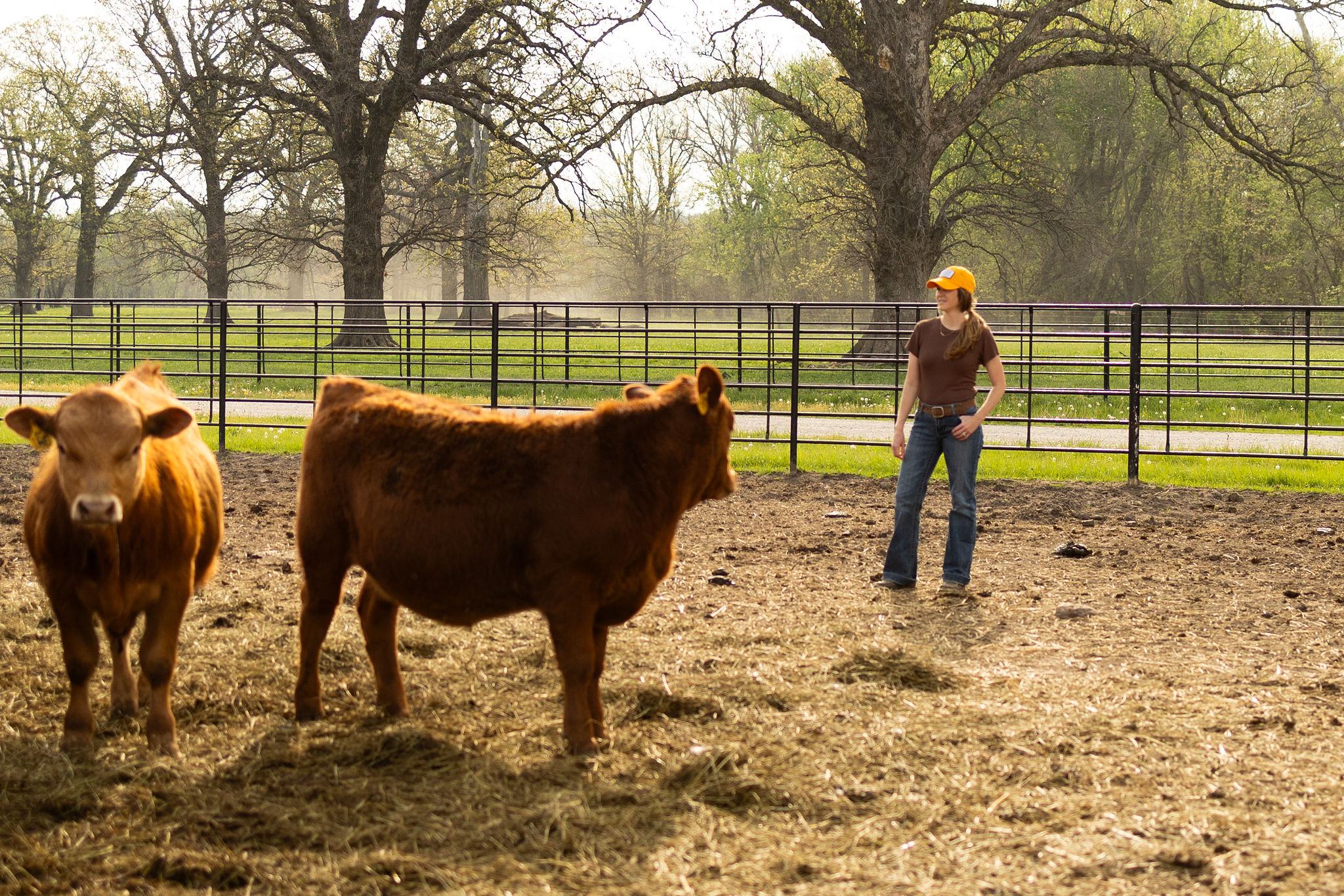At least once per week, I engage in a discussion regarding beef imports with someone on one of my many Instagram videos. I hear people who don’t know where to find that export/import data (or those who honestly don’t care to look and just want to be an alarmist) consistently tout that the “U.S. imports most of its beef supply” hence the idea that “grocery store beef can’t be trusted.” Their words, not mine. However, that couldn’t be further from the truth so let’s dive into global beef trade.
Firstly, you might be asking, “Why do we export our U.S. raised beef?” Don’t worry, we’re going to talk about imports in a few short paragraphs. Stick with me.
The beef we raise here in the United States goes to a variety of markets including grocery stores, food service/restaurants and exports. Both beef producers and beef processing plants want to find the highest paying market for each cut of beef, and that is not always a U.S. market. Some products are valued much higher abroad than here, such as liver, short ribs and variety meats. Furthermore, the beef we raise here is mostly grain-finished and very high-quality which is highly demanded in fine dining establishments around the world.
The multitude of exports provide a massive value to the U.S. beef industry. In 2024, we exported 3.04 billion pounds of beef, 77% of which was purchased by Japan, South Korea, China, Mexico and Canada.1 Overall, the value of beef exports was just over 10.46 billion dollars in 2024, which is an increase from 2023. Overall, export markets add nearly $400 of value per head to each slaughtered animal so it’s clearly not a market to be taken lightly.2
One additional reason we export so much beef is the simple, yet complex, issue of trade. If we wish to import beef to satisfy our demand for hamburgers, we must be willing to be an appealing trade partner for other beef producing nations. And while trade partners, ag policy and tariffs can be very complex, quite simply, without imports, we simply cannot have export markets.
Now to the hamburgers and how they correlate to imports.
Because our beef is such high-quality and highly demanded outside our borders, we aren’t able to produce enough ground beef (which is made by grinding up whole muscle cuts) to meet the demand of an American staple: the fast-food hamburger. Aptly put, Americans want hamburgers, not hearts. The U.S. thrives in science-based markets and we require the same from our trade partners when it comes to importing beef. We don’t import beef from nations that don’t meet our strict food safety standards. As a reminder, all meat, poultry and egg products sold in a grocery store are inspected and approved by the Food Safety and Inspection Service, which is not owned by any food or animal company, and ensures safe food for our U.S. consumer base.
Historically, the U.S. imports roughly 10-12% of our beef supply annually. In 2023, we imported roughly 12.5%, while in 2024 we imported nearly 14%.3 That increase can be attributed to drought causing a further reduction in cow herd numbers as well as high cattle prices. In 2024, Australia, for the first time ever, was the top supplier of beef to the U.S. with Canada, Brazil, Mexico and New Zealand closing out the top five. Those five nations comprise 86% of total beef imports (notice there is some overlap between the import and export partners?).1 This collective number is down from 2023 slightly.1
In short, trade is the operative word. If we wish for beef farmers and ranchers to get maximum value for our cattle, exports are one piece of the puzzle. And if we want our undying love for hamburgers to remain unimpeded, we must import more than 3 billion pounds of beef per year.
I hope this has been a helpful overview – if you have any questions, feel free to contact me. As always, thank you for reading and for supporting U.S. beef farmers and ranchers – you are appreciated!
Until next time,
~ Buzzard ~
- https://www.ers.usda.gov/topics/animal-products/cattle-beef/sector-at-a-glance#:~:text=In%202024%2C%20U.S.%20beef%20exports,of%20total%20U.S.%20beef%20exports.&text=Download%20chart%20data%20in%20Excel%20format.,-Beef%20Imports
↩︎ - Beef Forecast Driven by Demand, Price – Progressive Farmer
↩︎ - https://www.ers.usda.gov/topics/animal-products/cattle-beef/statistics-information
↩︎



